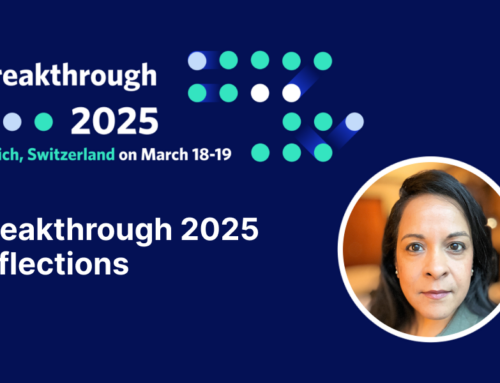An excerpt from the ArisGlobal white paper “Regulatory 2025: Developing an Effective 10-year Strategy for Technology-Enabled Regulatory Transformation,” shares how the increasing regulatory agency demand for quality metrics in data submissions is driving the need for structured data:
“The emphasis that regulatory authorities place on quality systems creates important considerations for the regulatory department, not just in the intermediate term, but for a progressive 2025 strategy.”
With so many inspections to manage, agencies are taking a quantitative approach to determine which companies to inspect first. To do this, they are proposing that companies send them raw manufacturing data, which agencies can use to calculate quality metrics to determine the state and quality of the product and facility. Some of the metrics proposed by agencies such as the U.S. Food and Drug Administration (FDA) are lot acceptance rate (LAR), product quality complaint rate (PQCR) or invalidated out-of-specification (OOS) rate (IOOSR). Based on these metrics, the agency plans to prioritize sites that are deemed risky.
Since regulatory departments have historically been the gateway for sharing data in a structured format with the agencies, the responsibility to share quality metrics data will most likely fall on them. To meet the data requirements, it’s imperative that they have efficient processes and tools in place to facilitate communication with other departments that provide the raw data, so that it can be compiled in a structured messaging format, reviewed, and submitted electronically to the agencies. This is similar to what will be required by 2020 to meet IDMP standards.”
In a June 20th webinar on “Next-Generation Structured Authoring: Seamless Synchronization Between Data and the Document”, Wim Cypers, ArisGlobal Senior Vice President, Regulatory, shared how we are currently in a transition and transformation phase where the move to a structured approach presents the challenge of ensuring that data and documents are in sync.
Just where do life sciences organizations stand today in this transformation phase? When asked ‘Does your organization have any initiatives related to structured content authoring?” webinar attendees showed that 62% are in some stage of discussion, development or use compared to 38% who responded “No.” Clearly there is a lot of interest being raised and questions asked, and a year from now a greater percentage of companies will be moving into development and use of structured content authoring.
Does your organization have any initiatives related to Structured Content authoring?
YES, SOLUTION IN PRODUCTION USEYES, DEVELOPMENT ONGOINGYES, CONCEPTUALLY BEING DISCUSSEDNO
The move to structured content, linguistics and translations, and standardization of terminology are just a few of the challenges covered during the webinar. In our second webinar polling question, “Does your organization have any Master Data Management initiative related to standardization of terminology?” the majority of 58% indicated that development was ongoing with another 8% sharing that an MDM solution was in production use.
Does your organization have any Master Data Management initiative related to standardization of terminology?
YES, SOLUTION IN PRODUCTION USEYES, DEVELOPMENT ONGOINGYES, CONCEPTUALLY BEING DISCUSSEDNO
Structured content authoring brings advantages – greater consistency, improved cost control, and improved efficiency . This was echoed by attendees who vastly deemed all as important in the final polling question, which asked “What is the main motivation for your organization to consider a solution for Structured Authoring?”
What is the main motivation for your organization to consider a solution for structured authoring?
DATA QUALITY AND CONSISTENCYIMPROVED EFFICIENCY AND TIME SAVINGBOTH ARE IMPORTANT
To be successful, Structured Authoring requires both technical structured authoring capabilities along with process improvements such as collaborative authoring. Finally, the technical solution is only as strong as the data governance built around the data. Wim’s final piece of advice is to build a stepwise approach to implementation.
To learn more, view the on-demand “Next-Generation Structured Authoring: Seamless Synchronization Between Data and the Document” webinar and read our white paper “Regulatory 2025: Developing an Effective 10-year Strategy for Technology-Enabled Regulatory Transformation.”




